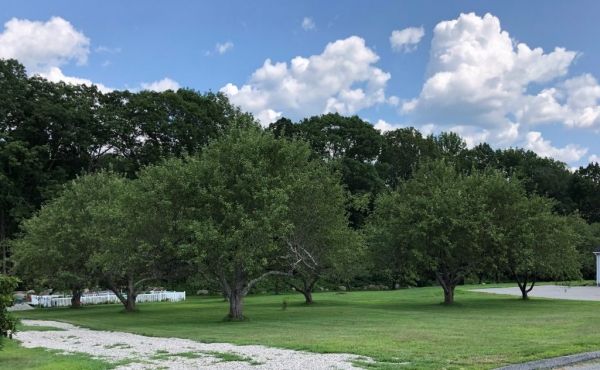The rolling hills of Connecticut were once home to tens of thousands of fruit orchards – 47,000 by the 1930s. Anyone who has ever grown fruit trees, like apples, knows that insects love fruit as much as humans, and until the 1950s orchards were heavily fortified with lead arsenate-based pesticides to keep the bugs at bay – chemicals that were eventually banned because of their potential for harmful effects on humans.
And even though it has been more than half a century since the last lead arsenate pesticide was used to dowse Connecticut fruit trees, those poisons are not going away anytime soon.
Many of those orchards have long since been converted into residential or commercial property, but new research from UConn and Eastern Connecticut State University researchers finds a strong correlation between arsenic contamination and proximity to those historic orchards — the closer the well is to those locations, the greater the likelihood of finding arsenic there. Their research was published in The Journal of Environmental Quality.
Continue reading at University of Connecticut
Image via University of Connecticut


